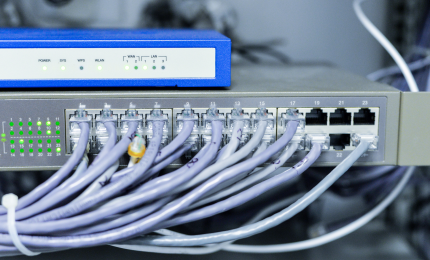
The Unsung Heroes of IT: A Day in the Life of a Systems Administrator
The image above captures a moment in the daily grind of a systems administrator—focused, methodical, and immersed in their work. Sitting by a server rack with a laptop in hand, this professional is the backbone of a company’s IT infrastructure.
Who Are Systems Administrators?
Systems administrators, or sysadmins, are IT specialists who manage and maintain an organization’s computer systems and networks. Their job is to ensure that servers, workstations, and network devices operate smoothly, securely, and efficiently.
What Does Their Work Involve?
The responsibilities of a systems administrator are vast and varied, often including:
- Server Maintenance: Ensuring that hardware and software are up-to-date and functioning properly.
- Network Configuration: Setting up and managing switches, routers, and other network devices, as shown in the image.
- Troubleshooting: Diagnosing and fixing issues to minimize downtime.
- Security Management: Implementing firewalls, monitoring for threats, and patching vulnerabilities.
- User Support: Assisting colleagues with IT-related problems.
Challenges in the Job
The cluttered cables in the server rack behind the administrator reflect one of the common challenges in IT—managing physical and virtual infrastructure efficiently. Whether it’s optimizing server performance or untangling messy cabling, attention to detail is crucial.
Tools of the Trade
The laptop in the image is the primary tool for any sysadmin, used for accessing server configurations, monitoring system performance, and running diagnostics. Other essential tools include network analyzers, remote access software, and documentation systems.
Why Their Work Matters
Systems administrators play a critical role in keeping businesses operational. From enabling seamless communication to safeguarding sensitive data, their work ensures that employees and customers can rely on the technology they use every day.
The Future of System Administration
As businesses adopt cloud computing, virtualization, and automation, the role of the systems administrator is evolving. While manual tasks may decrease, their expertise in planning, securing, and optimizing IT environments will remain invaluable.






